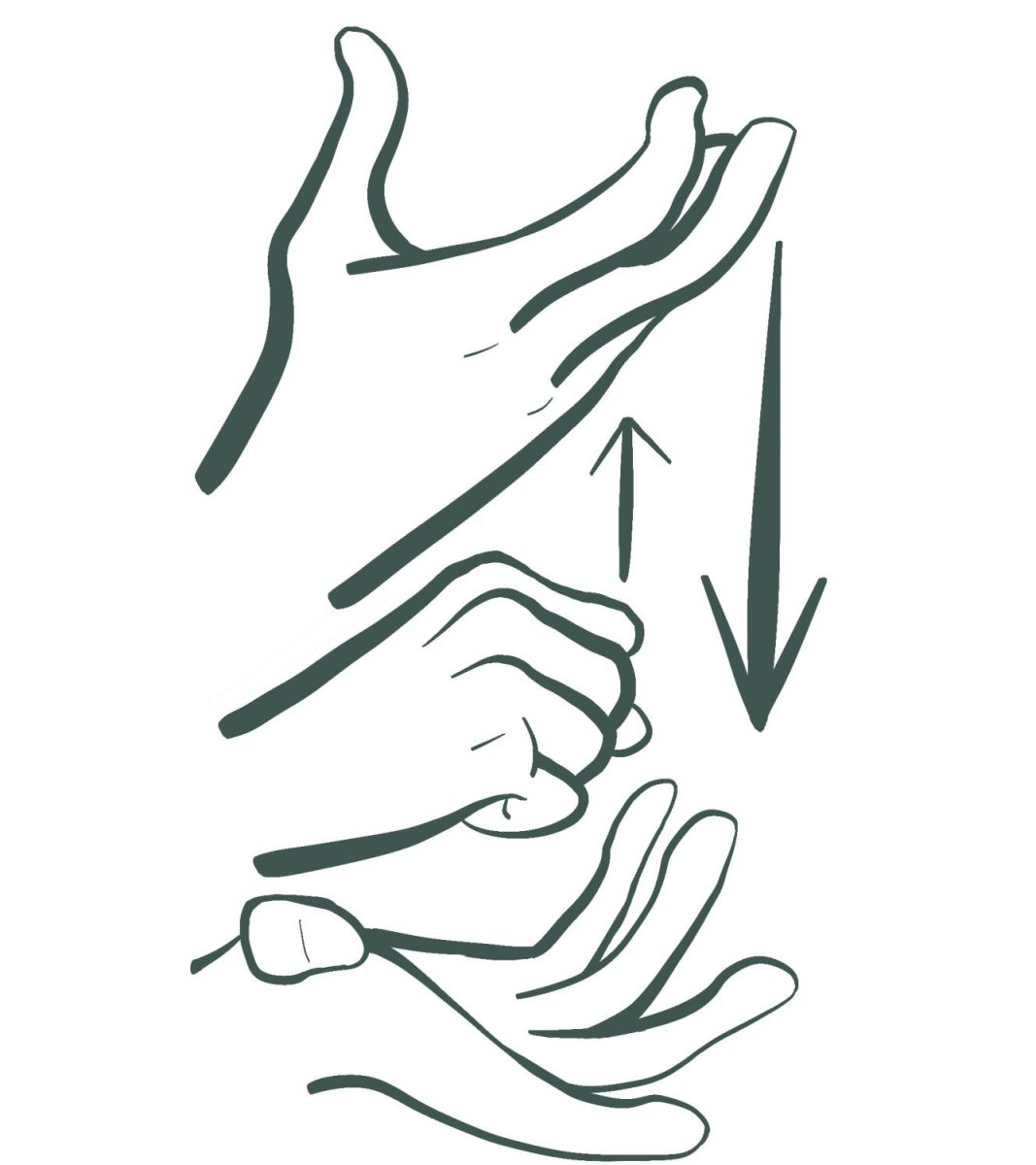“Severance” – the Apple TV+ thriller/mystery/office sitcom amalgamation about splitting the consciousnesses of work and personal lives – returned for its second season this January after an almost three-year hiatus. Deservedly so, it became one of the biggest shows on air by its March ending.
Created by Dan Erickson with help from Ben Stiller, Season 2 resumes immediately after the first season’s finale. The malevolent company Lumon, which invented the show’s eponymous “severance procedure” that bifurcates one’s mind into work and home consciousnesses, spins different versions of last season’s conclusion – a climactic reveal to the public that severed workers were being poorly treated – to the “innies” and “outies”, the respective consciousnesses of those inside and outside of work. From there, most of the season focuses on the characters trying to find and free the Lumon-kidnapped Gemma Scout (Dichen Lachman) — the wife of severed employee Mark Scout (Adam Scott). Gemma was presumed dead until Innie Mark revealed she had been working on the severed floor the entire time.
Lachman and Scott’s performances are immaculate. Each balances multiple characters that are really just the same character in the same body but are also different characters. That sounds ridiculous, but both do it with aplomb. The rest of the main innies – Dylan G. (Zach Cherry), Helly R. (Britt Lower), and Irving B. (John Turturro) – are also brilliantly portrayed. Turturro brings bite to Irving, Lower carries pluck and courage as Helly, and Cherry is, as described in the show, a badass as Dylan. Their outie counterparts are equally well done.
But Tramell Tillman truly deserves all plaudits as the unsevered floor manager, Seth Milchick. In a recurring bit in the season, Lumon’s management criticizes Milchick’s eloquence despite everyone else in Lumon’s management speaking even more idiosyncratically. “The Board”, the voiceless and faceless governing body of the company, acts blatantly racist towards him in other ways, such as giving him a painting of the company’s deified founder in blackface. Milchick grapples with the company during this season as he realizes they are indeed peccable. Tillman is excellent with this portrayal, especially with his subtleties of delivery and facial expression that convey Milchick’s inner conflict. Tillman portrays Milchick with empathy as a character trying to qualify his gratitude and devotion to the company for his current position with their poor ethics.
Erickson and Stiller, meanwhile, seem to accomplish just what they want, unconstrained by convention. They took five months to film the intense opening sequence of Innie Mark running through the hallways of Lumon. They used a marching band on a whim; they had actors playing two characters simultaneously with dialogue between them. (Somehow, none of this breaks the suspension of disbelief, indicative of the absurdity of work environments that “Severance” critiques.)
All this is brilliant, and the result, while incredible, is intentionally weird. Their direction means that in a show about lies and manipulation by a greedy megacorporation, the cast and crew cultivate authenticity. This creates a dichotomy woven into the show that further elevates its mystique, and this is why “Severance” feels like such a “new” and elite show. It is set in a cold, snowy, barren landscape but still feels warm.
The authenticity and sincerity of the show, in conjunction with its mystery, is its broadest appeal and part of the reason so many people have found community in its airing. Despite the mild hypocrisy of a show about a megacorporation being funded by the single largest corporation by market cap, “Severance” is an outstanding show and well worthwhile. It captures the uncapturable, creating a soulful show about a soulless topic. For that reason, it is a masterpiece.









Isaac • Mar 31, 2025 at 8:40 am
I love severance, great review!